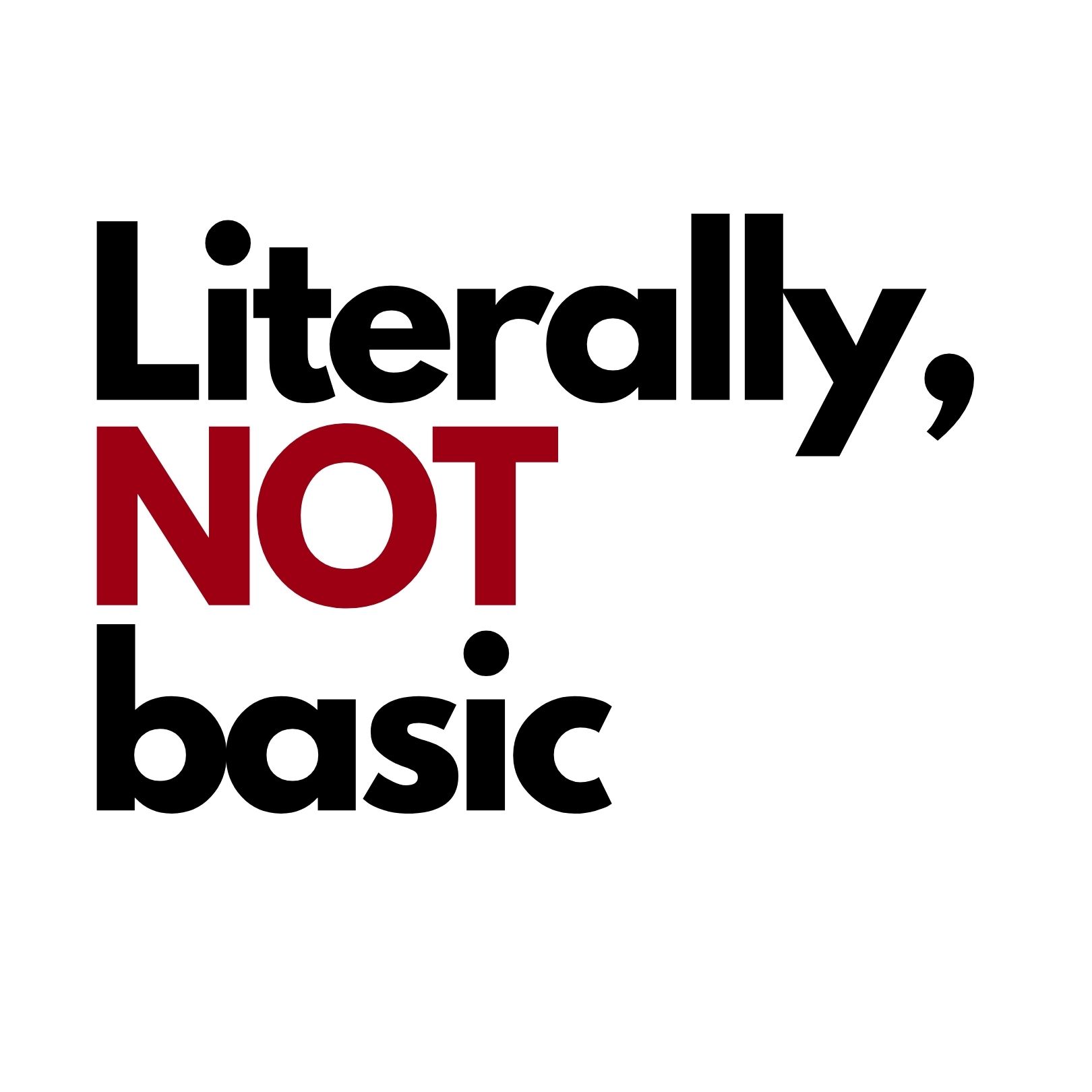Anastasia Beverly Hills is facing significant challenges as its principal investor decides to exit.
TPG Capital, which made a minority investment in the renowned cosmetics label in 2018 when the brand was valued at around $3 billion, has initiated a process that could compel the company to buy back its shares or consider alternatives such as a sale or an initial public offering, as indicated by a report from the credit ratings agency Moody’s.
Finding a mutually beneficial resolution is likely to be a struggle. Back when TPG made its investment, Anastasia Beverly Hills was a trailblazer among independent beauty brands, harnessing the power of social media to carve out a niche in an increasingly competitive landscape. Founder Anastasia Soare expressed to The Business of Fashion that the financial backing from TPG would be pivotal for her plans to expand the brand’s global presence and enhance its direct-to-consumer sales channels.
However, the circumstances have drastically changed. The once-thriving demand for Anastasia’s signature full-coverage and ultra-glam makeup has waned, as consumer preferences now lean towards a more natural, effortless aesthetic. The social media space, which initially offered the brand an edge, has become overcrowded with both established players and new entrants vying for consumer attention. Despite having 18.5 million followers on Instagram, the growth has stagnated; this number is only slightly higher than the 17 million followers it boasted back in 2018. Meanwhile, numerous competitors have launched affordable alternatives to Anastasia’s iconic lip and eyebrow products, coinciding with a trend where shoppers are increasingly drawn to value.
Time is running out for Anastasia Beverly Hills to reverse its decline. When TPG made its investment, the firm secured the right to redeem its equity for cash after a six-year period, should the company not proceed with a sale or IPO. It appears this option is now on the table. Additionally, the specter of over $600 million in loans maturing next year looms large, a concern exacerbated by analysts who predict that it will complicate, if not outright obstruct, potential sale scenarios. Recently, the credit rating agency Standard & Poor’s downgraded the firm’s credit rating to CCC-, stating there’s a heightened risk the company might default or undergo a debt restructuring within the upcoming six months.
Both TPG and Anastasia Beverly Hills have refrained from commenting on the situation.
“The current situation is quite challenging, and the company’s performance is evidently weak,” observed Dawei Ma, an assistant vice president of corporate finance at Moody’s, which characterizes the brand’s debt as significantly below investment grade.
The Rise of Anastasia Beverly Hills
Anastasia Beverly Hills emerged as a pioneer, positioning itself strategically for the influencer-driven market. The brand spawned from Soare’s upscale brow salon in Los Angeles, which garnered a clientele that included the Kardashian family and numerous other celebrities. Initially, in the 2000s, Anastasia developed a dedicated following with standout products like the Dipbrow pomade.
However, it was in the 2010s that the brand truly surged, coinciding with Instagram’s takeover as a dominant force in beauty marketing. This era marked an explosive growth phase for Anastasia Beverly Hills, particularly notable during the rise of viral beauty products like its brow pencils which solidified the brow category as an essential in the beauty realm. Soare’s daughter Claudia, widely known as Norvina, emerged as a key figure for the brand, her social media presence adding to its allure.
Sales surged with an impressive annual growth rate of 64% between 2014 and 2017, surpassing $300 million in revenue at the time of TPG’s investment, according to various media reports.
While Anastasia was certainly not alone in gaining significant investor interest during this period, the direct-to-consumer marketing boom that characterized the 2010s allowed high-profile brands to secure extraordinary valuations. Around the same time, fellow cosmetics names like Pat McGrath, Huda Beauty, and Morphe also amassed capital, each exceeding valuations of $1 billion.
Yet, as trends evolve, brands built around specific aesthetics often find themselves struggling to adapt. The much-loved “Instagram brow” associated with Anastasia Beverly Hills has predominantly been replaced by a more subdued “laminated” brow look that emphasizes simplicity, achievable through either salon treatments or accessible products. Other core offerings from the brand, such as liquid lipsticks, have faced declining popularity, overshadowed by the rise of light, glossy alternatives from brands like Rhode, Summer Fridays, and Dior. Consumers now favor effortless beauty looks encapsulated by a dab of bronzer or a light splash of glitter rather than the elaborate eye makeup trends of previous years.
Recent reports from Bloomberg indicate that Anastasia Beverly Hills experienced a 12% drop in net sales during the third quarter of 2023, falling to $69.8 million.
The lofty valuations that once thrilled investors have subsequently turned into burdens as brands struggle to sustain the exponential growth that initially attracted attention. Indeed, Morphe filed for bankruptcy in March 2023, and Pat McGrath’s investor, Eurazeo, discreetly transferred its stake to a Brussels-based investment group, Groupe Bruxelles Lambert, in 2021. Similarly, Rodan + Fields, another TPG-backed brand from that era, defaulted on its debt this past July.
A Path Forward?
Despite its current challenges, Anastasia Beverly Hills still benefits from strong brand recognition, a loyal social media following, and vital partnerships with retailers like Sephora and Ulta Beauty. The brand has also introduced new products, such as a complexion-enhancing makeup product and an updated brow gel, that align more closely with contemporary beauty trends.
Two of its highly anticipated launches for 2024, the Brow Freeze Gel and Beauty Balm, a lightweight foundation, have both received accolades as Allure Best of Beauty Award winners. Furthermore, the Blurring Serum Blush, which offers a modern gel finish, represents a step towards embracing more refreshing and relevant beauty looks.
Yet, the competitive landscape has become increasingly crowded since 2018, and even the most successful premium products can quickly lose their charm amidst the influx of cost-effective alternatives from brands like Nyx and E.l.f. Beauty.
Anastasia Beverly Hills cannot solely depend on organic social media reach to attract consumers as it once did; larger beauty companies have significantly heightened their presence on platforms like Instagram and TikTok over the past decade, competing vigorously against emerging indie brands.
“Smaller independent brands are emerging with the ability to connect directly with consumers through digital avenues, making brand loyalty increasingly rare,” noted Katherine Heng, an associate director for consumer products at Standard & Poor’s.
Launching an impactful advertising campaign could potentially elevate Anastasia Beverly Hills above its competition. However, the high debt levels currently burdening the company restrict its capacity to invest in traditional marketing strategies.
Limited Options Ahead
Anastasia Beverly Hills has managed to avert disaster before. Back in 2020, Standard & Poor’s downgraded the company’s status, raising alarms that a default could be imminent within a year. However, following a $61 million capital boost from Soare and some improvement in its financial metrics, the company successfully enhanced its cash flow and settled its revolving credit obligations.
This time, however, regaining stability may come at a steeper price. Sourcing a buyer is likely to prove difficult, particularly because any interested party would require the capacity to absorb the company’s debts in addition to satisfying TPG’s investment recovery demands, as Amanda O’Neill from S&P suggests.
Refinancing options also seem challenging due to the same constraints, potentially adding further strain to the company’s cash reserves.
Let’s see what happens…






